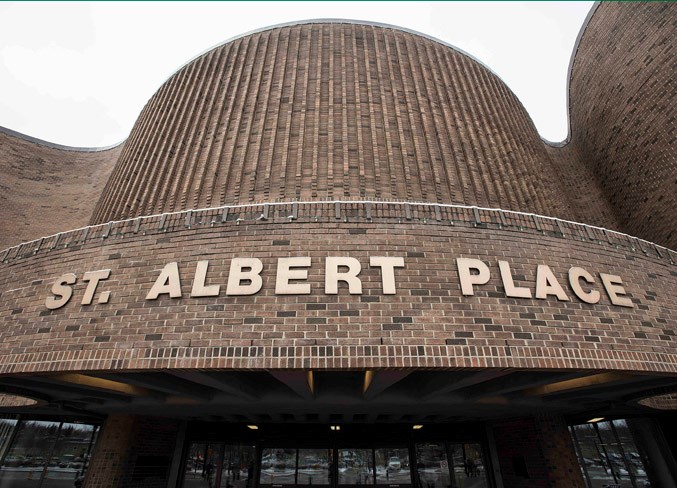St. Albert, usually known for its livability and amenities, got an unwanted spike in its reputation with a weekend revelation on W5.
After months of detailed research, the investigative television news show named the city near the top of its list of municipalities with higher percentages of water pipes made of asbestos cement still serving up water at the taps.
Health Canada has not raised any concerns over the health implications of asbestos cement used for water pipes.
According to graphics from data provided by regional districts and municipalities, St. Albert has 137 kilometres of pipe made with asbestos cement. That’s nearly half the pipes in the city.
City staffers took part in the TV show’s research, said Cory Sinclair, the city’s corporate communications manager.
“The city is aware of the W5 report and we participated in their initial inquiries a few months ago. We provided W5 with publicly available information to help them prepare their story,” Sinclair said, confirming the data.
“About 44 per cent of our water lines (137 km) are asbestos cement (AC) and were installed prior to 1984,” Sinclair said.
Asbestos cement is a concrete pipe material that uses asbestos fibre to provide flexural strength, which is similar to the way that rebar is used in larger concrete structures, Sinclair said. He added this is the typical type of water line used throughout North America.
“Health Canada has not raised any concerns about this type of pipe for water and we continue to look to Health Canada for guidance in this area,” Sinclair said.
Strong, long-lasting, fire-resistant, made in Canada: asbestos has some qualities that once made it the go-to piping material.
“Asbestos-cement pipes were used in water distribution systems across Canada between the 1940s and 1960s. The use of asbestos-cement pipes has been largely discontinued since the 1970s; however, they remain in use in various drinking water distribution systems across Canada,” said an online report from Health Canada.
Asbestos fibres can make it into in drinking water sources from runoff from mining tailings, improperly disposed contaminated wastes from home renovations, and even naturally from stream and groundwater contact with asbestos-bearing rock.
Standard water treatment can remove asbestos from these sources, but the fibres can be introduced “from asbestos-cement pipes that carry drinking water from the treatment plant into your home,” Health Canada reports.
But not to worry.
“Health Canada and the World Health Organization have concluded that there is no consistent, convincing evidence that asbestos ingested through water is harmful to your health. If you drink water containing asbestos fibres, you eliminate the fibres, mostly through feces. For this reason, Health Canada has not established drinking water guidelines for asbestos,” the Health Canada website notes.
“Your risk of exposure to airborne asbestos from tap water is very low. Research has shown very low percentages of asbestos fibres transferring into the air from humidifiers or showers.”
All the same, while it’s in use in water systems around North America, it’s been abandoned as a material for new fresh water line construction.
“Usually it isn’t for drinking water, it’s just for the drainage, the sewer system,” said plumber Carissa Smith of Little Plumber Girl.
Like other kinds of piping in the past — cast iron, for one — asbestos cement was abandoned for new use, decommissioned in favour of things like plastic or PVC as easier to work with and cheaper, she said.
When it’s time to get to the nitty gritty of repair or renovation, asbestos is definitely a worry in things like tape, drywall, flooring, she said.
“We often have to cut into walls and floors to access plumbing to do repairs, so it’s good to be aware of it. A lot of companies insist on asbestos testing before they cut into things, and if there’s abatement that needs to be done, specialized companies can do that,” she said.
The list researched by the W5 team includes many communities where the ratio of asbestos cement pipes for drinking water wasn’t reported as it was either unknown or not reported; in some municipalities, either the asbestos cement number or the total figure of pipes were not known.
The cities known to be ahead of St. Albert with a higher percentage of asbestos cement pipes are Millstream, BC (Ucluelet); Prince George, BC; Beaver Creek, BC; Selkirk, MB; Regina, SK; Fort St. John, BC; Prince Albert, SK.



